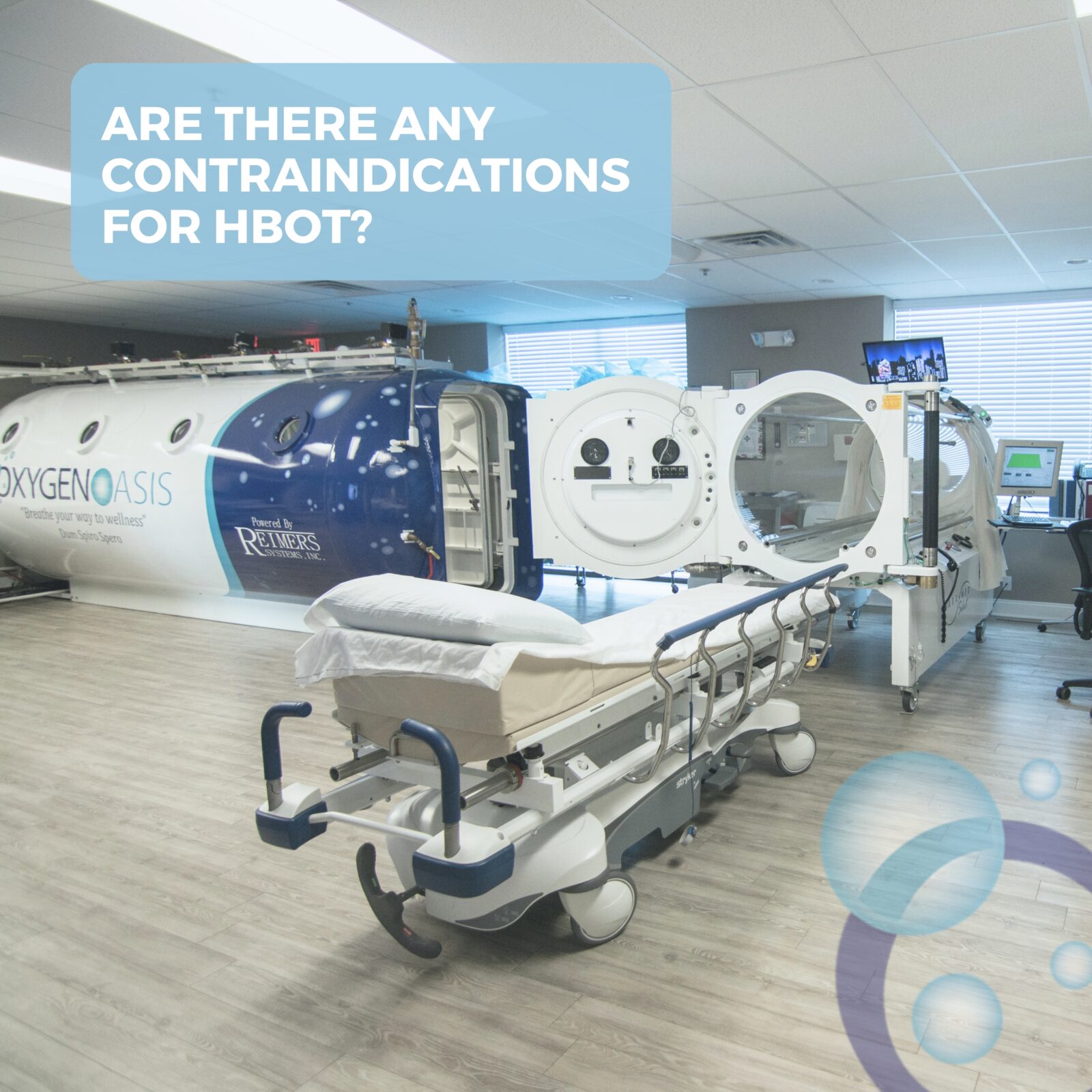
Understanding the Contraindications for Hyperbaric Oxygen Therapy
Hyperbaric Oxygen Therapy (HBOT) is a medical treatment that involves breathing pure oxygen in a pressurized chamber. It is primarily used to treat various medical conditions by increasing the amount of oxygen in the blood, which can promote healing and fight certain infections. However, like any medical treatment, HBOT is not suitable for everyone. Understanding the contraindications associated with HBOT is crucial as it helps individuals and healthcare providers determine whether the therapy is appropriate for a particular patient.
Common Contraindications for HBOT
Despite its benefits, there are a few contraindications that may prevent individuals from undergoing HBOT. Contraindications are specific situations or conditions where a treatment may cause harm rather than provide benefit. Here are some common contraindications for HBOT:
1. Untreated Pneumothorax
Pneumothorax, also known as a collapsed lung, is a condition where air leaks into the space between the lung and the chest wall. If untreated, the increased air pressure during HBOT could further expand the pneumothorax, leading to serious complications.
2. Congenital Spherocytosis
This is a genetic disorder of the red blood cells, where the cells are more prone to rupture. HBOT can increase the risk of further rupturing these fragile cells, leading to complications such as hemolysis.
3. History of Thoracic Surgery
Patients who have undergone recent thoracic (chest) surgery may have air pockets or air leaks in the chest cavity. These air pockets can expand during HBOT, causing discomfort and potential harm.
4. Certain Types of Lung Disease
Conditions such as chronic obstructive pulmonary disease (COPD) or emphysema may not tolerate the increased oxygen levels and pressure associated with HBOT. These patients may experience difficulty breathing or worsening of their condition.
5. Severe Congestive Heart Failure
Patients with severe congestive heart failure may not be able to tolerate the increased workload on the heart that can occur during HBOT. The therapy can increase blood flow and oxygen delivery, which may exacerbate heart failure symptoms.
6. Claustrophobia
While not a physical contraindication, severe claustrophobia can make it difficult for patients to tolerate being in a pressurized chamber for the duration of HBOT sessions.
Conclusion
Hyperbaric Oxygen Therapy is a valuable medical treatment with numerous benefits for various conditions. However, it is essential to carefully evaluate each patient for potential contraindications before starting HBOT sessions. Patients should discuss their medical history, current medications, and any existing conditions with their healthcare provider to determine whether HBOT is a suitable treatment option. By understanding and respecting the contraindications of HBOT, healthcare providers can ensure the safety and efficacy of the therapy for their patients.